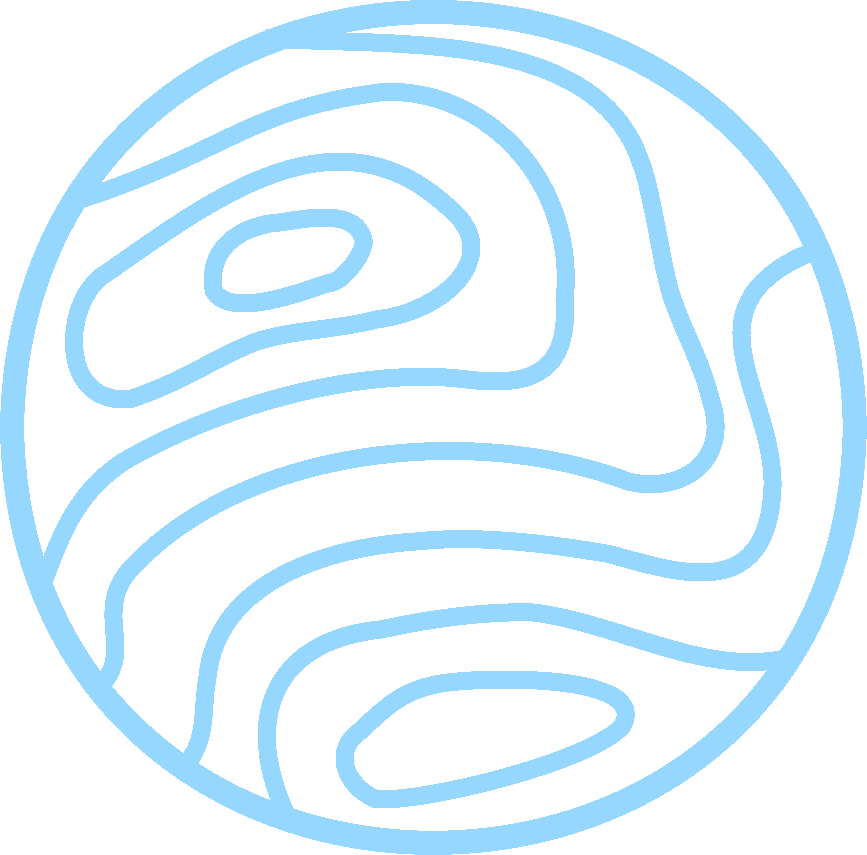What will you discover between Pedrogão and Nazaré?
On one single day understand how plankton and bacteria deposited on ancient ocean floor, were buried, heated, and naturally transformed into petroleum and gas.
See how these fluids migrated into reservoir rocks in a structure that allowed them to be trapped and accumulated at depth. See ancient oil fields outcropping along beach cliffs brought to the surface by nature, by the same folds and faults that are still active today.
-
Rocks & minerals
Fossils & dinosaurs
Natural resources & energy
Faults & folds
Formation of oceans
Past climate change
Geomorphology
Geology & culture
-
Easy to moderate depending on/adjusted to the participants physical capabilities. Travel between field stops will essentially be done by car. Participants will only be required a maximum of 10 minutes walk (less than 1 km) in each locality on easy to moderate terrain conditions. Suitable for children and senior participants.
-
Pedrogão
Praia das Pedras Negras
Praia Pedra do Ouro (Beach)
Praia da Concha (Beach)
Praia de Paredes de Vitoria
Mina de Azeche (mine)
Sitio da Nazaré
Nazaré
-
Door to door field trip transportation
Highly qualified and specialised geological field tour guide
Digital tour guidebook and GPS locations with description (.kmz format)
Lunch, snacks and water (several options)*
Geo Logica t-shirt made in Portugal
Personal insurance*
Carbon offset*
A day full of geo memories to remember for the rest of your life
-
Prices vary depending on the number of participants and travelling comfort chosen.
Fill in the field trip form using the button below to get a quote*
More about what you will discover on this trip
-
Compare the age of our planet to a road trip. It has been already a 4500 km long journey in which mankind only came aboard 3,6 kilometres ago.
Come with us to understand how old is our planet and imagine this age when comparing with the timescale of human existence. Learn the different Eons, Eras, Periods, Ages and Stages of the Earth’s history. In the process understand how Earth’s dating is done, through practical experiences to explain the main geological principles.
-
We all recognise many different types of rocks. But how can we distinguish them?
How are rocks classified? What do they mean? How were they first formed? How were they transformed throughout geological time? How can they tell us the history of our planet?
Answer all these questions while experiencing how the pioneering scientists came up with the main geological concepts.
-
Everything has a beginning and an end. Oceans are no exception. Geologists call this the Wilson cycle.
There are many evidences of this process called oceanization or rifting along the Portuguese Atlantic coast.
Witness the 200 Million years old history of the opening of the Atlantic Ocean. Understand how the American and European plates broke apart during the fragmentation of Pangea Super-continent.
-
Observe old marine ecosystems recorded and preserved in the rocks.
Understand how old remnants of life can show us the environmental changes that occurred since these were deposited until the present day.
Recognise and witness past sea level changes, with deep water seas turning coastal areas and then into rivers.
-
When oceans and seas dry-up huge amounts of salt are deposited in a short amount of time, geologically speaking. Often this process ends up forming thick sequences of so called evaporites - i.e. halite (rock salt), gypsum, anhydrite, etc.
Within time, evaporites and overlaying sediments get buried, dehydrated and consolidated with sediments getting denser than evaporites/rock salt. This density contrast results in upward movement of evaporites creating salt domes, i.e. salt-cored mountains. In Portugal there are excellent examples of salt domes.
-
All of us have heard about earthquakes. Many of us have heard about plate tectonics. Yet, only few of us have ever been able to recognise in the rocks direct evidence of these phenomena.
The marks left behind by earth processes are all around us in the form of faults and folds in the rocks.
Understand how to recognise and identify the plate tectonic processes behind the many faults and folds that helped create the most amazing landscapes in our planet.
-
Did you know that oil and gas is formed from plankton and bacteria deposited on ancient ocean floors?
Understand how organic mater was transformed into fossil energy while looking to coastal outcrops and doing practical experiences that elucidate the entire process.
You will see natural examples of source rocks, reservoirs, structures, seeps and even an ancient oilfield exposed at the surface, one of the best and few examples in the world, where asphalt was mined in the XIX century .








